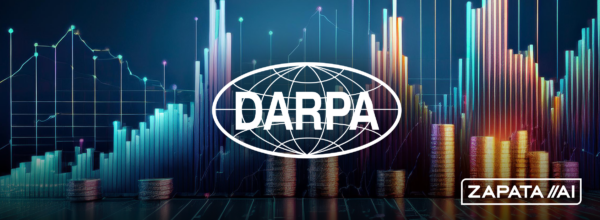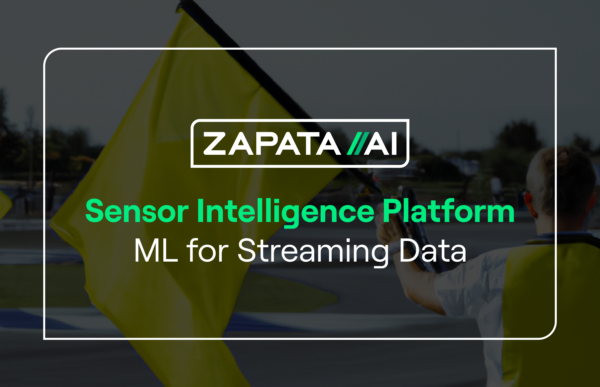Quantum Sustainable Impact
In some ways, Zapata’s past work has not been detached from the paradigm of a sustainable world. Over the past 2 years, we have developed many proprietary solutions for advanced engineering, chemistry, and agriculture as well as transportation. Some of those algorithms are directly or indirectly impacting climate sustainability.
One such impact comes in the field of advanced engineering for aviation by solving so-called Partial Differential Equations. Partial Differential Equations (or PDEs) represent a wide variety of phenomena in mechanical engineering, materials engineering, CFD, heat and mass transfer or modeling aerodynamic flows. Calculating PDEs is ubiquitous in many industries such as oil & gas, aerospace and automotive. As PDE calculations are a complex and resource-consuming task, companies are on the constant search of new approaches to make solving them more efficient. One of Zapata’s many proprietary solutions relies on combinatorial optimization to solve partial differential equations (PDEs). The solution offers a hybrid quantum-classical approach, allowing to speed up the solving of PDEs.
Solving PDEs more efficiently with quantum computing will unlock new wing and engine designs that make airplanes more energy efficient. Even the smallest percentage of improvements in that area would prevent millions of tons of CO2 from going into the atmosphere.
Another important area for quantum computing and sustainability action in agriculture – and more specifically the production of fertilizer. Every year 120m metric tons of fertilizers are used around the world – helping to feed our population. Whereas the purpose of fertilizer is fairly straightforward – fixing nitrogen from the air and introducing it to plants – its manufacturing is not. Current fertilizers rely on the so-called Haber-Bosch process. The method fixates nitrogen (N2) from the atmosphere through a chemical reaction with hydrogen (H2). Performing such a synthesis requires however high temperatures (400-500°C) and high pressure (200-400 atmospheres). This means that fertilizer manufacturing is ultimately an energy-costly process of consuming approx. 1-2% of global energy.
At the same time, many bacteria found in nature perform the same chemical reaction as the Haber-Bosch method does – allowing the fixation of nitrogen from the air to take place. Understanding those bacteria would allow us to develop new types of fertilizers. However, understanding how bacteria perform nitrogen fixation is a highly complicated task. It requires, among others, complex simulations of enzymes and proteins forming such bacteria that are hard to perform on classical computers.
Quantum computers have a natural ability to simulate chemical reactions, enzymes, and proteins. Research has shown that a computer with a 100 logical qubits would be able to perform the necessary simulation of nitrogenase proteins contained in cyanobacteria. Current research – lead by several international companies – aims to improve such simulations, lower the number of necessary qubits and boost them further by combining Machine Learning and quantum computing.
Pushing forward the boundaries of current algorithms holds the potential to unlock new and simpler ways to perform nitrogen fixation, at a lower environmental cost.



